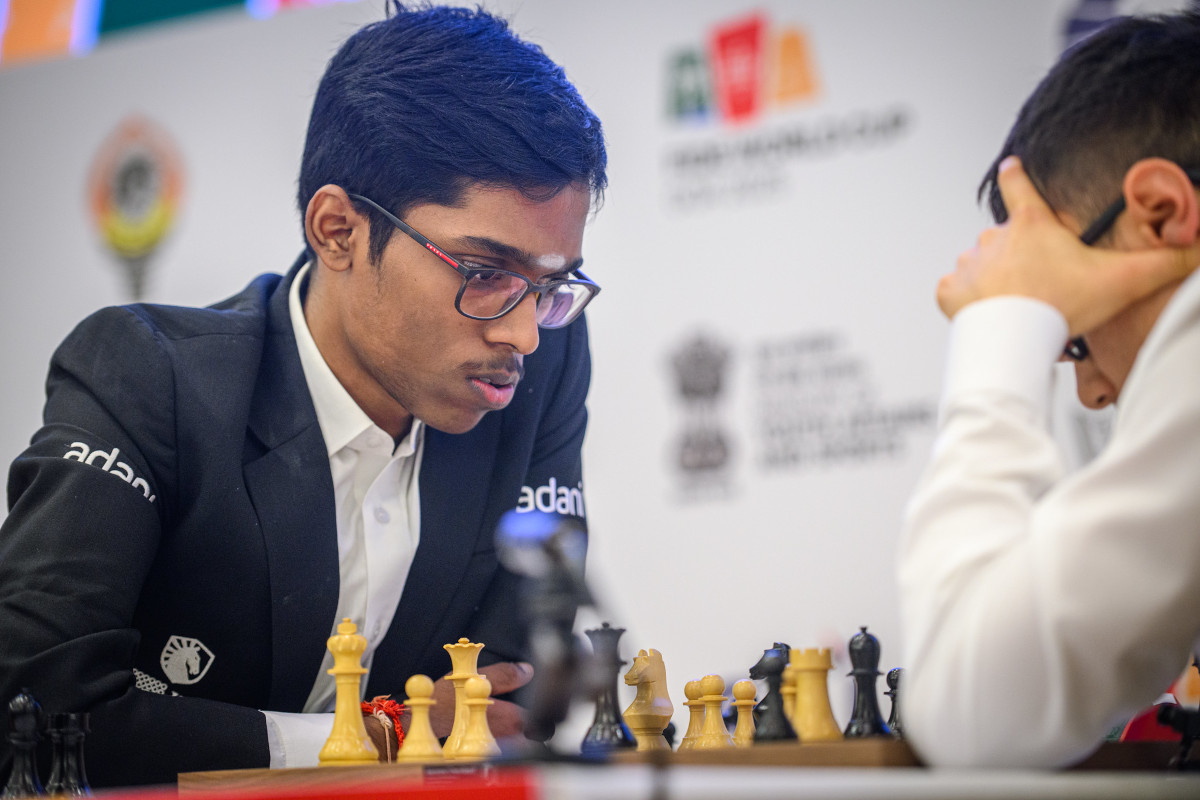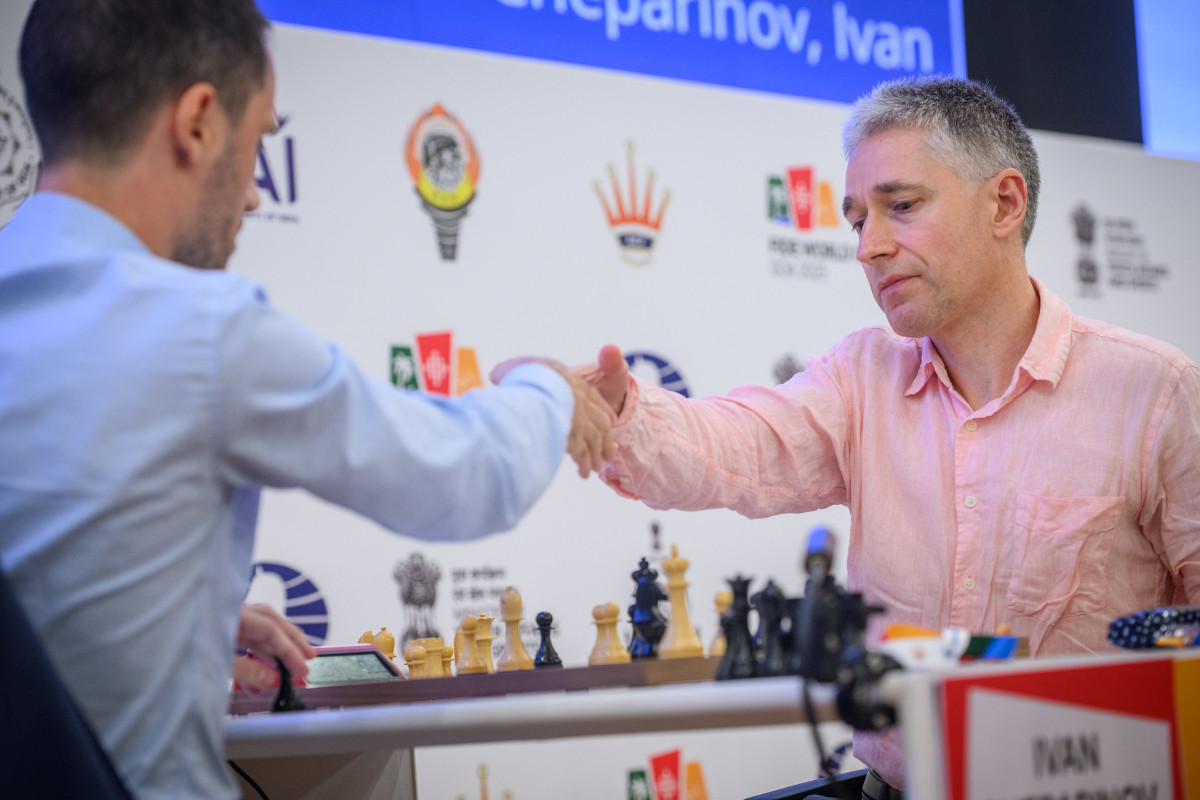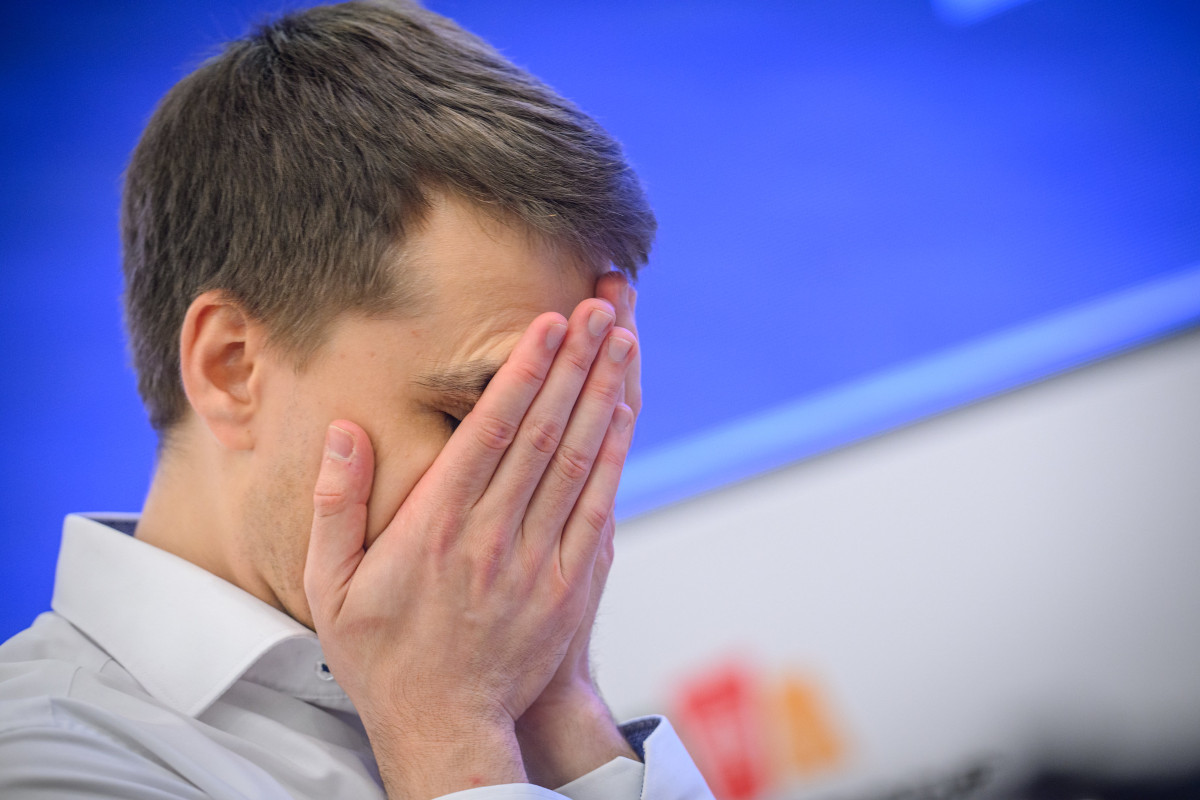Nihal, Bu and Vitiugov among players knocked out in the second round
In today’s fast-paced chess world, especially online, where blitz and rapid games dominate, the traditional approach of grinding through lines of opening theory can feel overwhelming, and even unnecessary. The real challenge? Striking the right balance in your opening preparation. How deep should you go? Where do you stop? This course is built on the timeless wisdom of my legendary coach, Chebanenko, who designed opening repertoires for his “lazy” students – not lazy in attitude, but smart in approach. His philosophy? Don’t memorise. Understand.
The second round of the FIDE World Cup concluded on Thursday in Goa, following a day of tiebreakers filled with tension and decisive battles. Many of the world’s strongest players who had drawn their classical mini-matches only needed one set of rapid games at the 15+10 time control to book their place in round three. Among them were Nodirbek Abdusattorov, who defeated Denis Makhnyov; Shakhriyar Mamedyarov, who overcame Gergely Kantor; and Vidit Gujrathi, who knocked out 12-year-old Argentine prodigy Faustino Oro.
However, not all rating favourites advanced smoothly, as several major surprises unfolded throughout the day.
The most shocking result was produced by Lorenzo Lodici of Italy (2560), who eliminated Hans Niemann of the United States (2729). Lodici displayed fine strategic understanding in the first 15-minute game, converting his advantage with composed play despite Niemann’s tenacious defence.
The second game, which the Italian drew, was no less demanding, as he successfully held a tricky rook endgame with an unbalanced pawn structure. Magnus Carlsen, joining the live commentary, praised Lodici’s performance, noting his composure and technical precision. The 25-year-old from Brescia, who previously stunned Anish Giri and Peter Leko at the 2024 Chess Olympiad, will next face Michael Adams.

Hans Niemann realises he cannot win the rook endgame in the second game of the tiebreakers | Photo: Michal Walusza
Niemann was by far the highest-rated player to be eliminated in the tiebreakers, but he was not the only strong grandmaster to fall.
- Nihal Sarin (India, 2704) was defeated 2½-1½ by Stamatis Kourkoulos-Arditis (Greece, 2585), who won the first 15-minute game and drew the return encounter.
- Bu Xiangzhi (China, 2667) lost to Mustafa Yilmaz (Turkïye, 2594) after also being outplayed in the first 15-minute game.
- Nikita Vitiugov (England, 2657) was knocked out by S.L. Narayanan (India, 2617) in a match that stretched all the way to the 5+3 games. After six consecutive draws – including the two classical encounters – Narayanan prevailed by winning both blitz games to reach round three.

Mustafa Yilmaz | Photo: Michal Walusza
Pragg survives, advances to round three
Praggnanandhaa Rameshbabu’s dramatic win over Temur Kuybokarov (Australia, 2535) was almost another major upset.
After four consecutive draws (two classical and two 15-minute games), Kuybokarov took the lead by winning the first 10-minute encounter with black. Pragg, facing elimination, hit back immediately with a 31-move victory, then went on to win the first 5-minute game.
The Australian grandmaster came close to levelling the score again, obtaining a clearly superior position in the second 5-minute game. In an endgame with rooks and dark-squared bishops, Kuybokarov missed the winning line 37.b6 cxb6 38.Rc1
White instead played 37.Rd7??, allowing counterplay. A few moves later, Praggnanandhaa turned the tables and clinched the match 5-3. The Indian star will next face Robert Hovhannisyan (Armenia, 2629).
In this insightful video course, Grandmaster David Navara shares practical advice on when to calculate deeply in a position — and just as importantly, when not to.
Free sample video: Introduction
Free sample video: Invisible moves

Praggnanandhaa Rameshbabu facing Temur Kuybokarov | Photo: Michal Walusza
Adams and Svane go the distance
While Pragg’s duel extended to eight games, two other matches went even further, reaching the 3-minute stage.
One of them, between Michael Adams and Ivan Cheparinov, lasted 10 games in total. After splitting points in the classical and 15-minute sections, the players traded wins with black in the 10-minute games and drew twice more in the 5-minute games.
Adams finally prevailed by scoring back-to-back victories in the 3-minute section, showing remarkable composure at 53 years of age. In the first of those wins, the nine-time British champion demonstrated textbook endgame technique in a knight versus bishop position, gradually converting a long-term advantage.

Ivan Cheparinov and Michael Adams | Photo: Michal Walusza
The day’s most extended and dramatic encounter, however, was Rasmus Svane versus Rauf Mamedov – the first match of this year’s World Cup to be decided in Armageddon.
After four draws in the classical and 15-minute games, the players traded seven consecutive wins for white across the faster time controls. In the final Armageddon, a bidding process determined the colours: Svane bid 3 minutes and 13 seconds, while Mamedov bid exactly 3 minutes, granting Svane the white pieces and 4 minutes on the clock.
Continuing the trend of the match, White triumphed once more. Svane converted a rook-and-opposite-coloured-bishops endgame with an extra pawn to secure victory.
If one skill decides more games, it’s calculation. Openings fade, plans change – but seeing clearly, comparing lines, and choosing with confidence wins points. In this course GM Ganguly turns calculation into a trainable skill with a structured path for any level. You won’t just solve tactics; you’ll learn how to think: where to start, which branches to explore, when to stop, and how to keep a crystal-clear mental board under pressure.
Free video sample: Introduction
Free video sample: Forcing moves
The German grandmaster will face Awonder Liang in the next round.
Interestingly, both Svane brothers remain in contention, as Frederik Svane is set to meet world champion Gukesh Dommaraju. The pair’s deep runs add a unique storyline to the ongoing action in Goa.

Rasmus Svane during one of the many tiebreak games… | Photo: Michal Walusza

…and right after winning the longest match of the round | Photo: Michal Walusza
Endgame analysis by GM Karsten Müller
Kourkoulos-Arditis 1-0 Nihal

Stamatis Kourkoulos-Arditis right after winning the first game of the tiebreakers against Nihal Sarin, a formidable opponent | Photo: Michal Walusza
All games – Round 2
Replay games from all rounds at Live.ChessBase.com
In the first part of the video series, we will look at White’s four main moves: 6. Bg5, 6. Be3, 6. Be2 and 6. Bc4.
